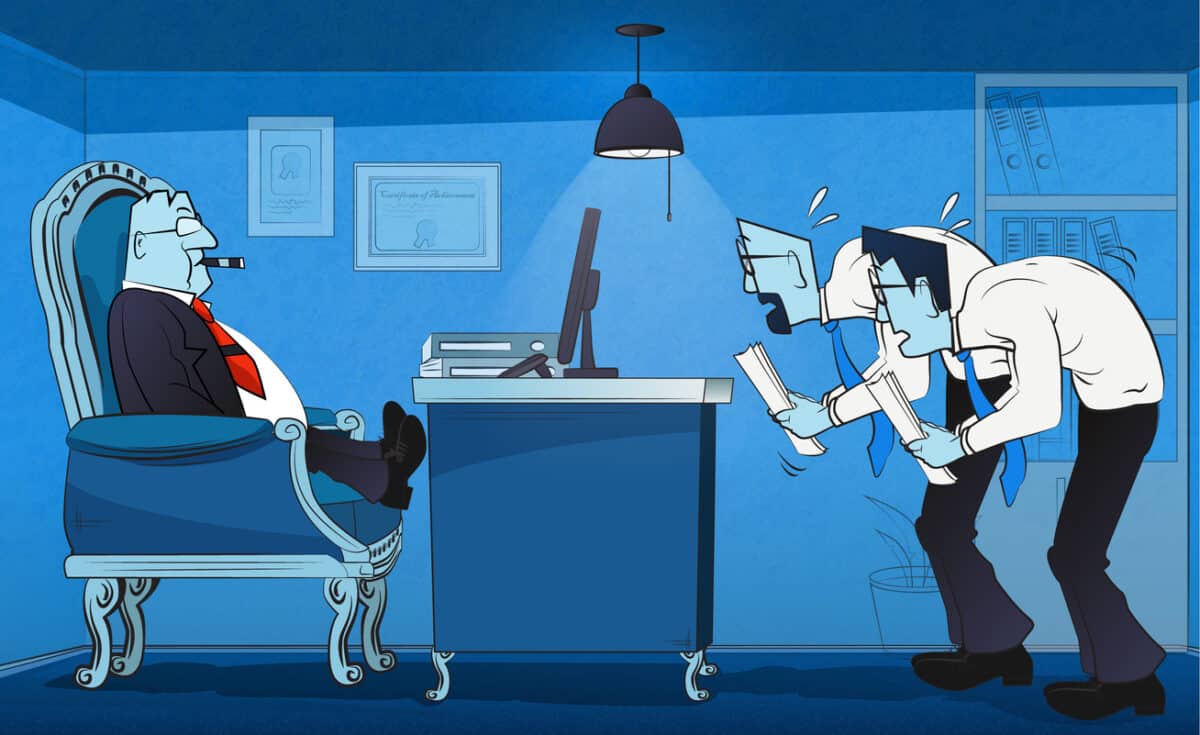Last week, SafeWork New South Wales progressed the management of psychosocial hazards at work with the release of its Designing Work to Manage Psychosocial Risks guidance. This document has been a long time coming and offers significant advice on how work and people management needs to change in order to prevent psychosocial hazards. However, its implementation is likely to generate considerable opposition and confusion, or even organisational shock, if it is not able to convince employers of increased profitability and productivity from making the change.
Category: executives
More management myths busted
Occupational health and safety (OHS) is rife with ideas that refuse to die even though they are not supported by evidence. OHS management is dominated by a belief that Executive Leadership is either the answer or the first place to start change. Leadership and OHS are dangerously intertwined. Perhaps an assessment of Zombie Leadership is required. Some recent Australian research will help.
Suicide prevention needs more than business as usual
That suicide is related to workplace mental health pressures and illnesses is undisputed, but the more independent analysis on the topic, the more complex the causes become. Sometimes, suicide can be a conscious decision, still due to socioeconomic factors but factors that are not necessarily diagnosed or treated with mental health conditions.
[This article discusses suicide risks]
This reality complicates, and should complicate, strategies for the prevention of suicide. Recently, Australia’s National Farmers’ Federation (NFF) submitted its pre-budget wishlist to the government. This submission included action on suicide and mental health but in traditional ways.
Inaccuracies in AAP article on truck-related fatalities and penalty
Denise Zumpe is an Australian occupational health and safety (OHS) professional who focuses on workplace health and safety matters in the transport sector. Below is a letter that she intended to send to The Age and writer Esther Linder outlining some inaccuracies in an Australian Associated Press article (paywalled) concerning the jailing of Cris Large, a court case discussed in an earlier SafetyAtWorkBlog article.
“A former transport executive has been jailed for up to three years for his reckless workplace behaviour in the lead-up to a crash that killed four police officers on Melbourne’s Eastern Freeway.”
The AAP article appeared in a number of Australian media. An amended version appeared on ABC News.
Predatory Capitalism and OHS
A fundamental aim of occupational health and safety (OHS) is the prevention of harm. To determine the most effective ways of preventing work-related harm, OHS professionals must investigate the source of harm. This requires them to look beyond their own workplaces to socioeconomic factors. Greed is the source of almost all of the world’s economic woes.
Greed manifests in the OHS context by employers not allocating sufficient resources for people to work safely and healthily. This greed, this seeking of maximum profits and excessive wealth, is supported by legislative, financial and social institutions. A new book by Ingrid Robeyns – “Limitarianism, – The Case Against Extreme Wealth” – offers several examples of how greed creates unsafe work.
“made through the blood of the workers who never came home”
Last week, the Australian Parliament passed a tranche of industrial relations laws; laws that were, unsurprisingly, objected to by some business groups but included some occupational health and safety (OHS) contexts. Industrial Manslaughter was the obvious one, but pay equity and increased job certainty, if not security, for some industry sectors, has the potential to reduce job stress.
Leadership and Culture confusion is self-inflicted
Every occupational health and safety (OHS) conference over the last twenty years seems to have revolved around the twin concepts of culture and leadership. The fascination with these concepts deserves analysis as they are confusing, and sometimes conflicting, and this is unhelpful for those in the lower or middle order of the management structures who are trying to affect change.







